Color DefinitionIn our life, colors have a very significant impact. They affect how we feel, how we think, and how we make decisions. Colors are more effective than we realize, capable of changing reactions and producing changes. Depending on how we understand them, they may be utilized for both good and evil. 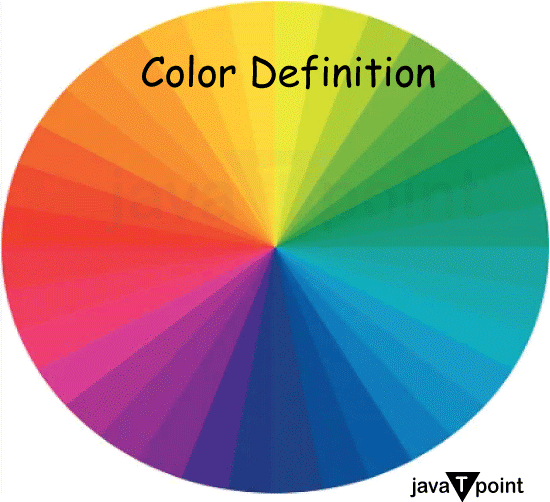
We can embrace some colors and reject others, which is a benefit. You will go through the fascinating world of color meanings with the help of this reference. It's crucial to remember that not all colors are made equally. While specific colors resemble one another, that doesn't imply they will evoke the same feelings. We need to grow to accept this to understand the importance of colorfully. It's also crucial to give up some of one's power. Despite our best efforts, controlling our emotions is not always possible. We must accept that colors significantly impact the mind and body to stop being confused by irrational responses.
Definition of ColorThe capacity of a material to reflect or reflect light in a way that affects how the eye perceives it. It's crucial to understand the fundamental nature of color before moving ahead. In simplest terms, color is a property of an item resulting from the light captured or released by this object. By measuring a color's characteristics like hue, saturation, chromaticity, and value, one may visually clarify the presence of a particular color. Let's describe a color's properties so that we may properly understand its significance. Color Properties1. Hue
It's essential to clarify the term hue because it's frequently confused with color. We must first realize that "color" is a general name used to describe all shades, hues, and tones. However, when we say, "What color is it?" we mean a hue. It is a family of twelve intense, pure hues displayed on the color wheel. A hue acts as a foundational element that may be altered in three distinct ways: tone, shading, and tinting. Depending on the applied method, a hue can be transformed into a tint, shade, or tone. They are simple to differentiate. A hue is combined with white to form a tint, whereas a hue is used with black to create a shade. Because toning includes adding both black and white, it is a more delicate procedure. As a result, the results may look more natural than those of shades and tints. 2. Value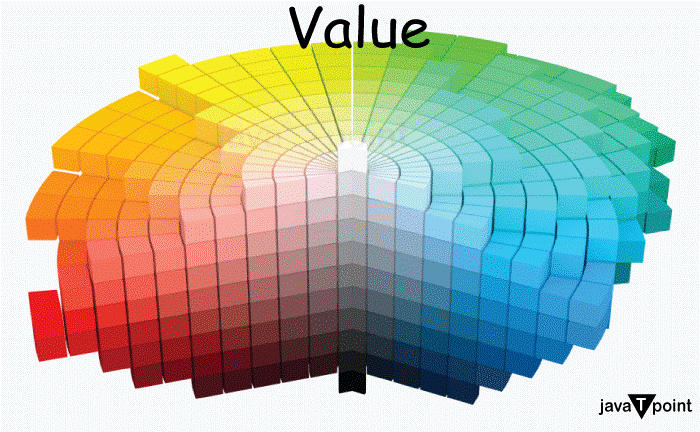
As we said earlier, colors may be identified by a few distinguishing qualities. Value is a characteristic that indicates how bright or dark a color is. The amount of whiteness establishes the characteristic. A color gains more value the more white has been added to it. 3. Chromaticity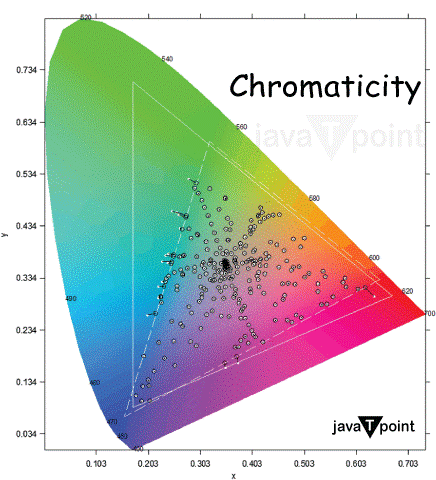
Chroma, also known as chromaticity, exhibits a color's purity. The degree to which a color contains white, grey, or black indicates its quality. The chromaticity of the twelve fundamental colors is at its greatest since they are without any extra components. High chroma colors typically appear bright and colorful. 4. Saturation
This property can occasionally be confused with value and chroma since they have many similarities. Nevertheless, it's critical to understand the variations. Saturation doesn't apply when blending colors with other colors, contrasting the two qualities mentioned before. It concerns how a hue appears in various lighting situations. Saturation indicates how vivid or muted a color is based on its natural and low-light appearance. The characteristic is frequently referred to as a color's intensity. Wheel of Color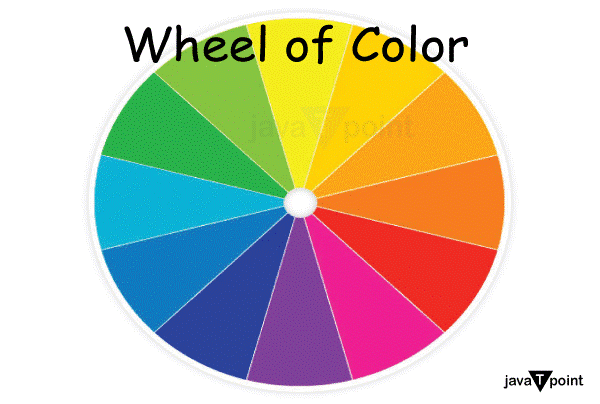
The circle of several colors must have been visible in any painting classes you may have received. The concept behind the color wheel, which explains how various hues relate and may be blended, is helpful. The primary, secondary, and tertiary colors, commonly called hues, are typically used to construct the color circle. The color circle is the primary tool for combining colors. It was first developed schematically by Isaac Newton in 1666 and has seen several changes since then. For colors to be appropriately combined, it is thought that the color wheel must be designed in a certain way. Color Types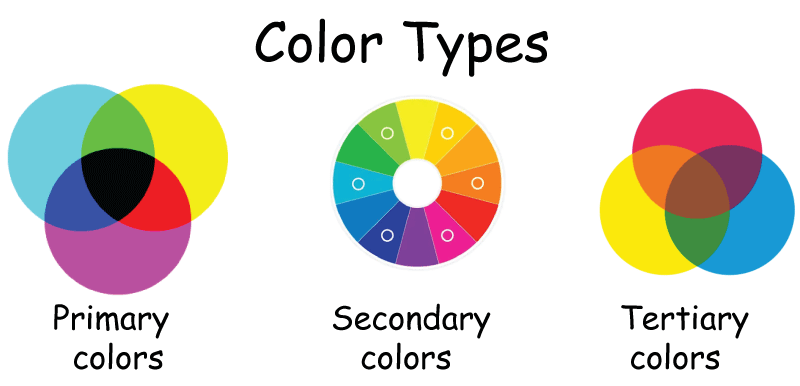
1. Primary ColorsThese three pigment hues are incompatible with all other color combinations. The foundation of every system is made up of actual colors. The primary colors change based on the kind of color scheme. Cyan, magenta, and yellow comprise the subtractive system, whereas red, green, and blue comprise the additive system. Red, yellow, and blue are also included in the RYB painting method. 2. Secondary ColorsThese hues are created by mixing two prominent hues. Since the primary colors varied according to each system, so did the secondary colors. The secondary colors that can be seen in each system are explained schematically below. RGB
RYB
CMYK
3. Tertiary ColorsThe tertiary colors, sometimes with two-word names like red-violet or yellow-orange, are produced when combined with the primary and secondary colors. An Introduction to Color MeaningsHere's a summary of each color's meanings, what they stand for, and how they influence emotions and behavior to help you learn more about the remarkable phenomena of colors. 1. Red Color
Red is The Color of enthusiasm and vigor. Red is the hue that attracts the most attention and generates the most energy, inspiring us to act. It also relates to sexuality and arouses intense, deep passion. Red is a color that is frequently used as a sign of caution, warning, and danger. Symbolism It is also symbolized strength, energy, and Passion. Shades of Red
Red Has an Impact on You
2. Orange Color
Orange is the hue of joy and passion. Orange is a cheerful hue that gives emotional power and reflects warmth and excitement. It promotes freedom, enthusiasm, and social interaction while being positive and happy. It also inspires creativity. It has a fresh, energetic hue. Symbolism It is also symbolized youth, emotion, enthusiasm, and optimism. Shades of Orange
Orange Has an Impact on You
3. Yellow Color
Yellow Color represents joy and optimism. Yellow is a happy, cheerful hue that makes everything fun and joyful. It affects the logical portion of the brain, increasing cognition and perception, which facilitates learning. It arouses interest and stimulates mental ability while enhancing zeal and self-assurance. Symbolism It is symbolized happiness, positivity, optimism, and intellect. Shades of Yellow
Yellow Has an Impact on You
4. Green Color
Green is the hue of peace and wellness. Green is generous and calming, reviving our minds and bodies. It brings our emotions into harmony and makes us feel comfortable. It inspires optimism by promising development and success, providing a tiny amount of good fortune to support us on our journey. Symbolism It is also symbolized safety, growth, harmony, and health. Shades of Green
Green Has an Impact on You
5. Turquoise Color
Turquoise is a color that represents clarity and peace. Turquoise helps to balance emotions and develops compassion and empathy. It exudes a cold, tranquil serenity, provides us with a burst of good mental energy that sharpens our focus and establishes a balance that opens the door to spiritual development. Symbolism It is also symbolized calmness, clarity, compassion, and communication. Turquoise Shades
Turquoise Has an Impact on You
6. Blue Color
Blue is the hue of loyalty and trust. Our mental state is calmed and relaxed by the color blue, which brings us tranquility and a sense of security. It dislikes conflict and excessive attention, but it is an honest, dependable, and responsible color, and you can always depend on its assistance. Symbolism It is symbolized trust, loyalty, responsibility, and security Shades of Blue
Blue Has an Impact on You
7. Purple Color
spirituality and creativity are represented by Purple color. Purple allows us to share our deepest feelings, which helps us understand who we are and promotes spiritual development. It is frequently linked to wealth and royalty associations, and the romance and mystery of it inspire imaginative dreams. Symbolism It is symbolized royalty, spirituality, imagination, and mystery. Shades of Purple
Purple Has an Impact on You
8. Pink Color
Pink is the hue of compassion and love. Pink is sympathetic and comforting, full of compassion, giving us a sense of inclusion. Its sweet, kind personality relaxes and nourishes us, bringing happiness and warmth into our lives. Pink is a hue that conveys pure romanticism and is both feminine and intuitive. Symbolism It is symbolized playfulness, femininity, compassion, and love. Shades of Pink
Pink Has an Impact on You
9. Brown Color
Brown is the hue of reliability and stability. Brown is trustworthy and comforting, an excellent advisor, and a wise buddy. You can depend on its assistance if you require an unbiased opinion, backing, or protection. It grounds us and motivates us to appreciate the small things in life. Symbolism It is symbolized stability, honesty, reliability, and comfort. Shades of Brown
Brown Has an Impact on You
10. Black Color
Black is the hue of power and elegance. Black is a very imposing and powerful hue that emanates authority and gives us a sense of security and protection. This captivating masterpiece, frequently seen at formal and distinguished gatherings, attracts and captivates our senses with its elegance and romance. Symbolism It is symbolized power, elegance, protection, and sophistication. Shades of Black The very darkest color is black. Its purest form has no shades and results from total darkness or total light absorption. Black Has an Impact on You
11. Gray Color
Gray is the hue of control and compromise. Gray is impartial, traditional, and emotionless. It is so almost rock-solid that it is immensely steady, dependable, and relaxing. It exudes a calm, unwinding, and calming energy. Gray stays out of the spotlight but gives anybody who asks wise, sage advice. Symbolism It is symbolized control, practicality, Neutral, and compromise. Shades of Gray
Gray Has an Impact on You
12. White Color
White is the hue of innocence and purity. White is a color that perfectly balances all other colors and is linked with perfection, simplicity, and cleanliness. It enjoys uplifting people and, by renewing and cleansing the mind, offers clarity and hope. Additionally, it encourages self-analysis and open-mindedness. Symbolism It is symbolized innocence, purity, perfection, and cleanliness. Shades of White Pure white is a mixture of all colors; hence there are no shades of pure white combined additively. However, employing small quantities of other color pigments, subtractive mixing enables you to produce infinite white variations. White Has an Impact on You
ConclusionBecause color is significant, color symbolism is common. It's an essential tool for human communication. It is used to express concepts, emotions, and sentiments.
Next TopicComputer Monitor- Definition
|
 For Videos Join Our Youtube Channel: Join Now
For Videos Join Our Youtube Channel: Join Now
Feedback
- Send your Feedback to [email protected]
Help Others, Please Share










